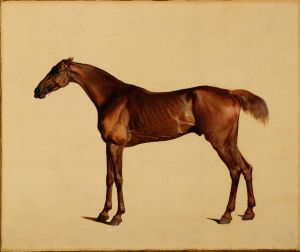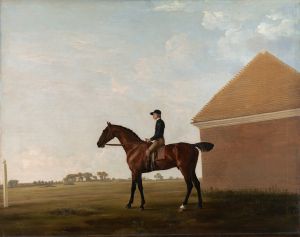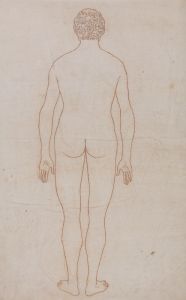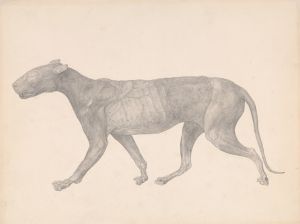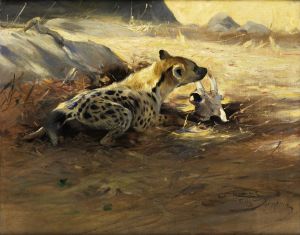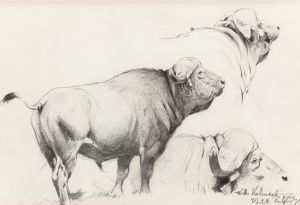
Zebra
A hand-painted replica of George Stubbs’s masterpiece Zebra, meticulously crafted by professional artists to capture the true essence of the original. Each piece is created with museum-quality canvas and rare mineral pigments, carefully painted by experienced artists with delicate brushstrokes and rich, layered colors to perfectly recreate the texture of the original artwork. Unlike machine-printed reproductions, this hand-painted version brings the painting to life, infused with the artist’s emotions and skill in every stroke. Whether for personal collection or home decoration, it instantly elevates the artistic atmosphere of any space.
"Zebra" is a painting by the renowned British artist George Stubbs, completed in 1763. Stubbs is best known for his detailed and anatomically precise depictions of animals, and this particular work is a significant example of his skill and interest in exotic creatures.
The painting features a zebra, an animal that was relatively unknown in Europe at the time. The zebra in Stubbs' painting was based on a real animal that was brought to England in the 1760s. This zebra was a gift from the Governor of the Cape Colony to Queen Charlotte, the wife of King George III. It was housed in the royal menagerie at Buckingham House, which is now known as Buckingham Palace. The arrival of the zebra caused quite a sensation, as it was one of the first of its kind to be seen in England, and it was often referred to as the "Queen's Ass."
Stubbs' "Zebra" is celebrated for its accuracy and attention to detail, characteristics that define much of his work. The painting captures the unique striped pattern of the zebra's coat with precision, reflecting Stubbs' dedication to anatomical correctness. This attention to detail was a result of Stubbs' extensive study of animal anatomy, which included dissections and careful observations.
The composition of the painting places the zebra in a naturalistic setting, standing calmly with its head turned slightly towards the viewer. The background is relatively simple, which serves to highlight the zebra itself. This focus on the animal is typical of Stubbs' work, where the subject is often isolated to emphasize its form and features.
"Zebra" is part of a broader trend in 18th-century Europe, where there was a growing fascination with exotic animals and natural history. This interest was fueled by exploration and colonial expansion, which brought new and unfamiliar species to the attention of European audiences. Stubbs' painting not only reflects this curiosity but also contributes to the documentation and understanding of these exotic creatures.
Today, "Zebra" is housed in the collection of the Yale Center for British Art in New Haven, Connecticut. It remains an important work within Stubbs' oeuvre and is frequently studied for its artistic and historical significance. The painting is a testament to Stubbs' skill as an artist and his contribution to the field of animal painting, which was relatively underdeveloped before his time.
In summary, George Stubbs' "Zebra" is a masterful depiction of an exotic animal that captivated 18th-century England. Through his meticulous attention to detail and commitment to anatomical accuracy, Stubbs created a work that continues to be admired for its beauty and historical importance.






